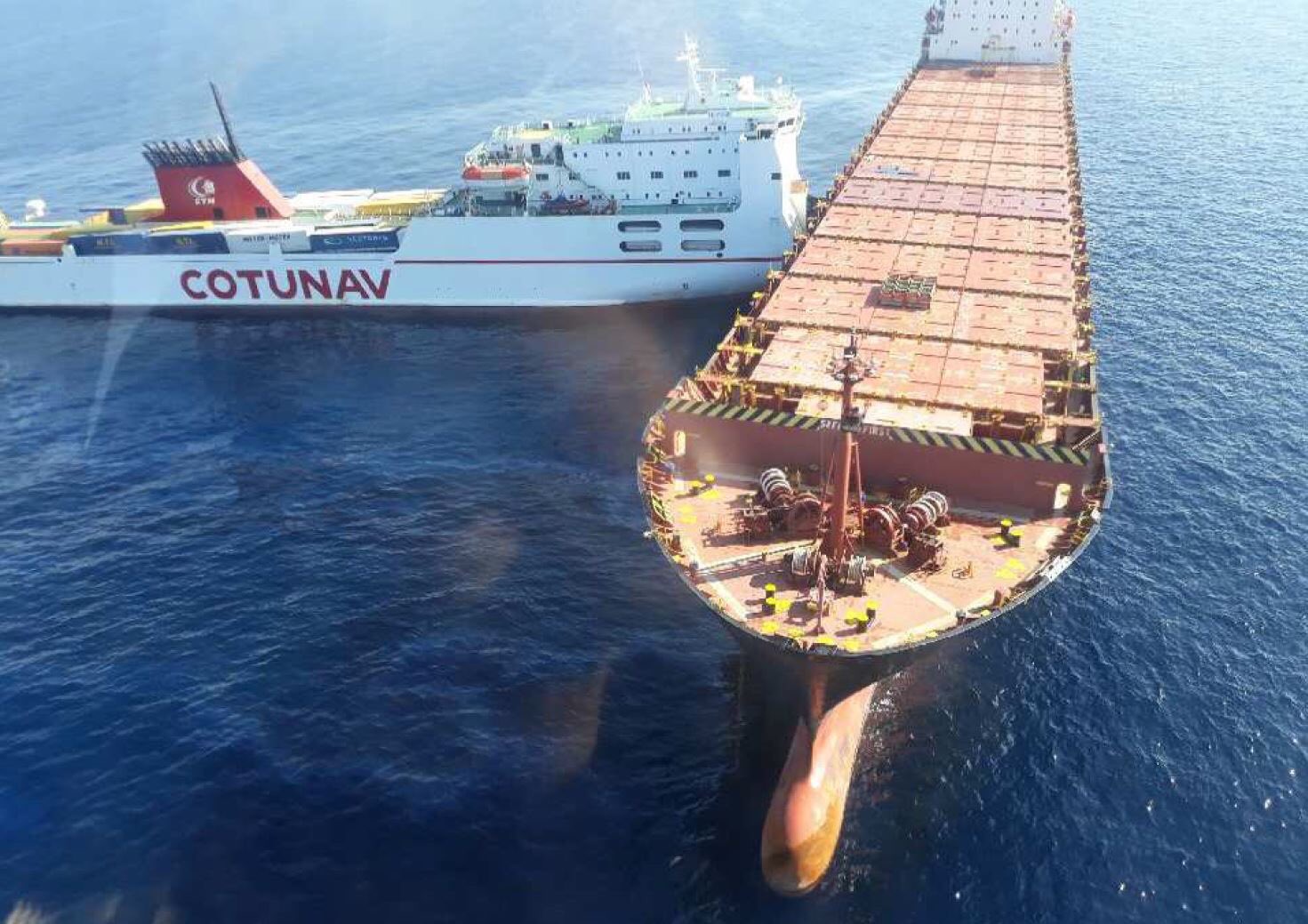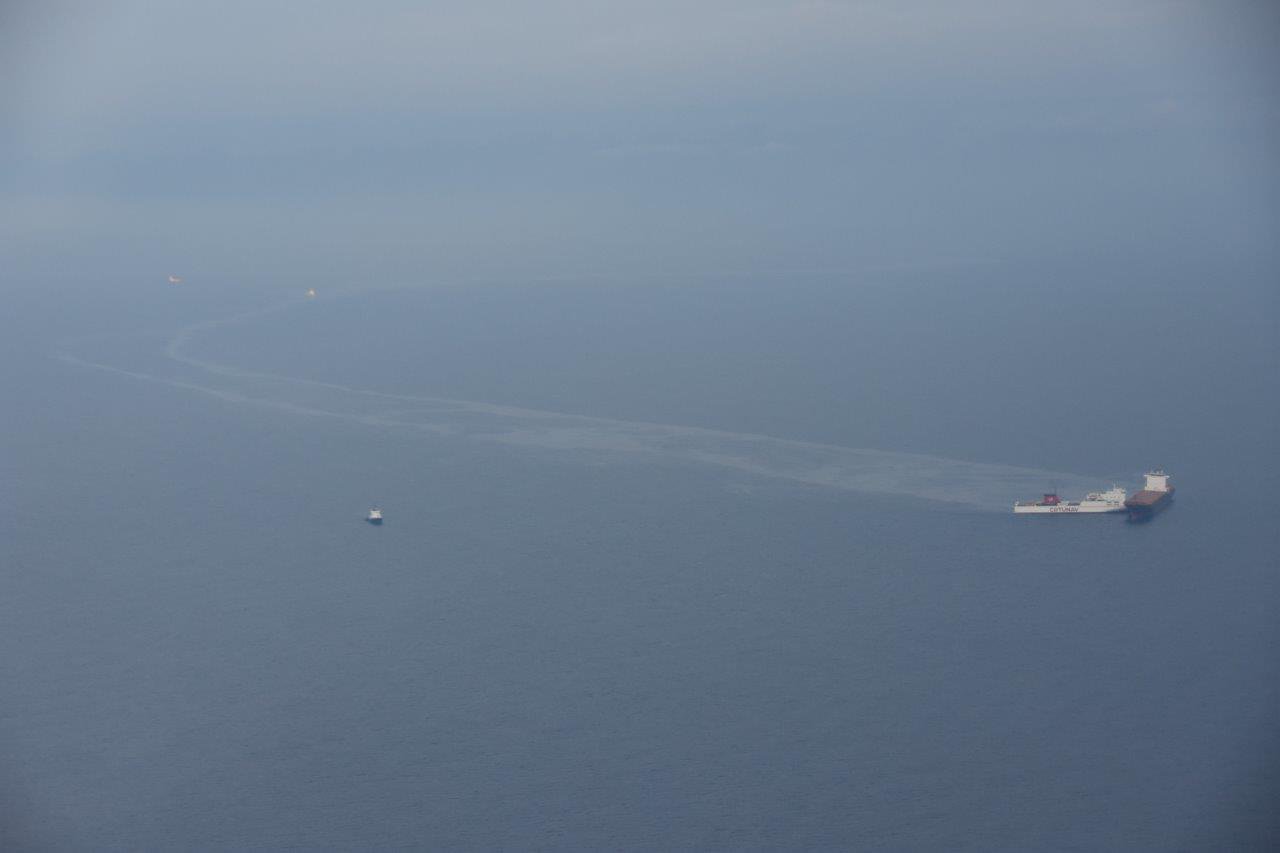The IPCC_CH report on GlobalWarming of 1.5°C is one of the most important climate change reports ever published.
Limiting temperature increase requires unprecedented changes in society, but will have huge benefits.
Every half a degree of warming matters.
source : BBC
From The Guardian by Jonathan Watts
Urgent changes needed to cut risk of extreme heat, drought, floods and poverty, says IPCC
The world’s leading climate scientists have warned there is only a dozen years for global warming to be kept to a maximum of 1.5C, beyond which even half a degree will significantly worsen the risks of drought, floods, extreme heat and poverty for hundreds of millions of people.
The authors of the landmark report by the UN Intergovernmental Panel on Climate Change (
IPCC) released on Monday say urgent and unprecedented changes are needed to reach the target, which they say is affordable and feasible although it lies at the most ambitious end of the
Paris agreement pledge to keep temperatures between 1.5C and 2C.

A heat map showing how temperatures are soaring across the planet.
Photograph: Climate Change Institute/University of Maine
The half-degree difference could also prevent corals from being completely eradicated and ease pressure on the Arctic, according to the 1.5C study, which was launched after approval at a final plenary of all 195 countries in Incheon in South Korea that saw delegates hugging one another, with some in tears.
“It’s a line in the sand and what it says to our species is that this is the moment and we must act now,” said Debra Roberts, a co-chair of the working group on impacts.
“This is the largest clarion bell from the science community and I hope it mobilises people and dents the mood of complacency.”
Policymakers commissioned the report at the Paris climate talks in 2016, but since then the gap between science and politics has widened.
Donald Trump has promised to withdraw the US – the world’s biggest source of historical emissions – from the accord.
The first round of Brazil’s presidential election on Sunday put
Jair Bolsonaro into a strong position to carry out his threat to do the same and also open the Amazon rainforest to agribusiness.
The world is currently 1C warmer than preindustrial levels.
Following devastating
hurricanes in the US, record droughts in
Cape Town and forest
fires in the Arctic, the IPCC makes clear that climate change is already happening, upgraded its risk warning from previous reports, and warned that every fraction of additional warming would worsen the impact.
Scientists who reviewed the 6,000 works referenced in the report, said the change caused by just half a degree came as a revelation.
“We can see there is a difference and it’s substantial,” Roberts said.
At 1.5C the proportion of the global population exposed to water stress could be 50% lower than at 2C, it notes.
Food scarcity would be less of a problem and hundreds of millions fewer people, particularly in poor countries, would be at risk of climate-related poverty.
At 2C
extremely hot days, such as those experienced in the northern hemisphere this summer, would become more severe and common, increasing heat-related deaths and causing more forest fires.
But the greatest difference would be to nature.
Insects, which are vital for pollination of crops, and plants are almost twice as likely to lose half their habitat at 2C compared with 1.5C.
Corals would be 99% lost at the higher of the two temperatures, but more than 10% have a chance of surviving if the lower target is reached.
Sea-level rise would affect 10 million more people by 2100 if the half-degree extra warming brought a forecast 10cm additional pressure on coastlines.
The number affected would increase substantially in the following centuries due to locked-in ice melt.
Oceans are already suffering from elevated acidity and lower levels of oxygen as a result of climate change.
One model shows marine fisheries would lose 3m tonnes at 2C, twice the decline at 1.5C.
Sea ice-free summers in the Arctic, which is warming two to three times fast than the world average, would come once every 100 years at 1.5C, but every 10 years with half a degree more of global warming.
A nearly ice-free Northwest Passage in the Arctic in August 2016.
Photograph: VIIRS/Suomi NPP/Nasa
Time and carbon budgets are running out.
By mid-century, a shift to the lower goal would require a supercharged roll-back of emissions sources that have built up over the past 250 years.
The IPCC maps out four pathways to achieve 1.5C, with different combinations of land use and technological change.
Reforestation is essential to all of them as are shifts to electric transport systems and greater adoption of carbon capture technology.
Carbon pollution would have to be cut by 45% by 2030 – compared with a 20% cut under the 2C pathway – and come down to zero by 2050, compared with 2075 for 2C.
This would require carbon prices that are three to four times higher than for a 2C target.
But the costs of doing nothing would be far higher.
“We have presented governments with pretty hard choices.
We have pointed out the enormous benefits of keeping to 1.5C, and also the unprecedented shift in energy systems and transport that would be needed to achieve that,” said Jim Skea, a co-chair of the working group on mitigation.
“We show it can be done within laws of physics and chemistry.
Then the final tick box
is political will.
We cannot answer that.
Only our audience can – and that is the governments that receive it.”
He said the main finding of his group was the need for urgency.
Although unexpectedly good progress has been made in the adoption of renewable energy, deforestation for agriculture was turning a natural carbon sink into a source of emissions.
Carbon capture and storage projects, which are essential for reducing emissions in the concrete and waste disposal industries, have also ground to a halt.
A major new IPCC report says that severe impacts of climate change will hit by 2040, and that avoiding the damage requires transforming the world economy at a speed and scale that has “no documented historic precedent.”
Reversing these trends is essential if the world has any chance of reaching 1.5C without relying on the untried technology of solar radiation modification and other forms of geo-engineering, which the IPCC says may not work and could have negative consequences.
In the run-up to the final week of negotiations, there were fears the text of the report would be watered down by the US, Saudi Arabia and other oil-rich countries that are reluctant to consider more ambitious cuts.
The authors said nothing of substance was cut from a text.
Bob Ward, of the Grantham Research Institute on Climate Change, said the final document was “incredibly conservative” because it did not mention the likely rise in climate-driven refugees or the danger of tipping points that could push the world on to an irreversible path of extreme warming.
The report will be presented to governments at the UN climate conference in Poland at the end of this year.
But analysts say there is much work to be done, with even pro-Paris deal nations involved in fossil fuel extraction that runs against the spirit of their commitments.
Britain is pushing ahead with
gas fracking, Norway with
oil exploration in the Arctic, and the German government wants to
tear down Hambach forest to dig for coal.
At the current level of commitments, the world is on course for a disastrous 3C of warming.
The report authors are refuseing to accept defeat, believing the increasingly visible damage caused by climate change will shift opinion their way.
“I hope this can change the world,” said Jiang Kejun of China’s semi-governmental Energy Research Institute, who is one of the authors.
“Two years ago, even I didn’t believe 1.5C was possible but when I look at the options I have confidence it can be done.
I want to use this report to do something big in China.”
This chart from the IPCC shows how global temperatures would respond to a sudden and drastic reduction of greenhouse gas emissions.
Even with immediate action, global temps will still overshoot the goal, but could reduce back to the target over time.
The timing was good, he said, because the Chinese government was drawing up a long-term plan for 2050 and there was more awareness among the population about the problem of rising temperatures.
“People in Beijing have never experienced so many hot days as this summer.
It’s made them talk more about climate change.”
Regardless of the US and Brazil, he said, China, Europe and major cities could push ahead.
“We can set an example and show what can be done.
This is more about technology than politics.”
James Hansen, the former Nasa scientist who
helped raised the alarm about climate change, said both 1.5C and 2C would take humanity into uncharted and dangerous territory because they were both well above the Holocene-era range in which human civilisation developed.
But he said there was a huge difference between the two: “1.5C gives young people and the next generation a fighting chance of getting back to the Holocene or close to it.
That is probably necessary if we want to keep shorelines where they are and preserve our coastal cities.”
Johan Rockström, a co-author of the recent
Hothouse Earth report, said scientists never previously discussed 1.5C, which was initially seen as a political concession to small island states.
But he said opinion had shifted in the past few years along with growing evidence of climate instability and the approach of tipping points that might push the world off a course that could be controlled by emissions reductions.
“Climate change is occurring earlier and more rapidly than expected.
Even at the current level of 1C warming, it is painful,” he told the Guardian.
“This report is really important.
It has a scientific robustness that shows 1.5C is not just a political concession.
There is a growing recognition that 2C is dangerous.”
Links :



